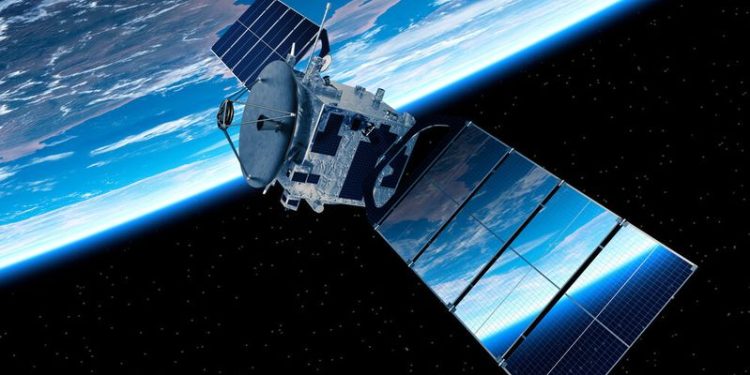China has taken a significant leap in satellite communication technology, achieving a record-breaking 100Gbps laser data transmission from space to Earth. Accomplished by Chang Guang Satellite Technology, puts the country ahead of Elon Musk’s Starlink, which has yet to deploy laser-based satellite-to-ground communication.
This game-changing breakthrough, allows data transmission speeds up to 1,000 times faster than conventional methods. To put it in perspective, it enables the transfer of 100 full-length movies in just one second. The Jilin-1 satellite constellation, the world’s largest sub-meter commercial remote sensing network, played a major part in this achievement.
Unlike Starlink, which has focused on inter-satellite laser communication, Chang Guang has successfully demonstrated high-speed laser transmissions from space to Earth. According to Wang Hanghang, the head of the company’s laser communication division, Starlink “might have the technology,” but China has already begun large-scale deployment.
This technological edge could have far-reaching implications beyond civilian applications. China’s rapid progress in space technology, particularly in laser-based communication, strengthens its capabilities in navigation, remote sensing, and even 6G internet infrastructure. The ability to transmit vast amounts of data efficiently from space is crucial for various sectors, including environmental monitoring, disaster response, and national defense.
China’s achievement is also a direct challenge to U.S. dominance in space technology. While NASA and MIT have achieved faster transmission speeds in controlled experiments, Chang Guang is the first company to implement such technology on a commercial scale.
This development could accelerate the global race for advanced satellite communication, potentially shifting the balance of power in space technology. With plans to expand the Jilin-1 constellation to 300 satellites by 2027, China is solidifying its position as a leader in next-generation space infrastructure.
























































